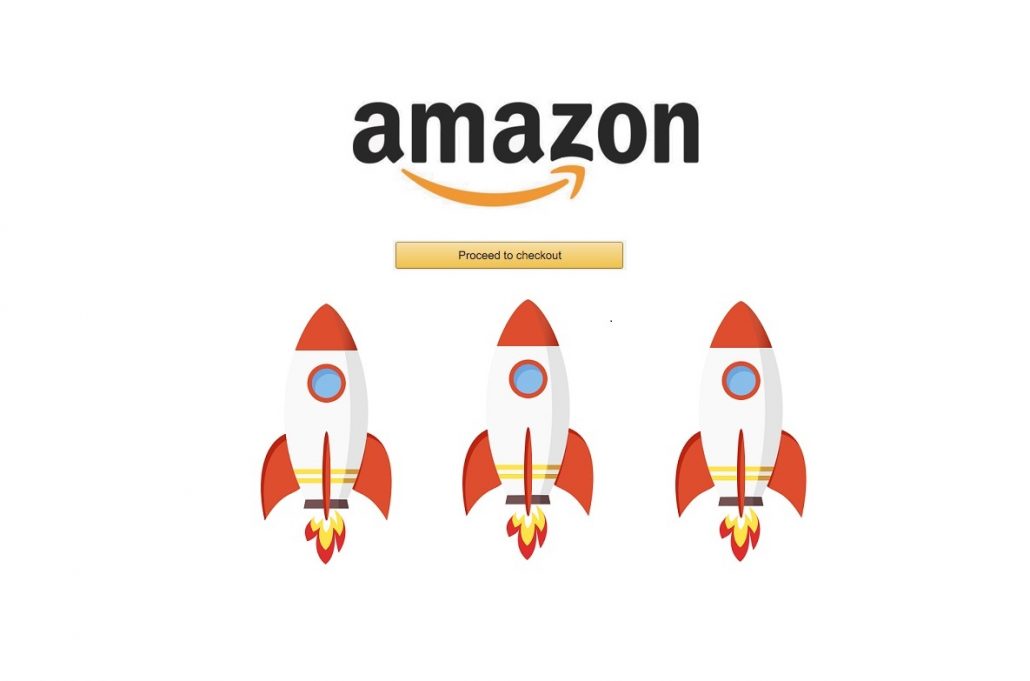Top tips for maximizing sales thru e-commerce website
Creating an internet store is the same as creating a physical store. You can’t just launch a new website and expect people to flock to it. You must promote your brand and ensure that customers have such a pleasant purchasing experience.
Here are some tips and tactics for eCommerce that boost your sales through an e-commerce website:
- Make use of a range of communication channels and social media networks.
It’s not enough to try to reach out to your clients just through your website. You need to be in as many forums as possible if you want to succeed online. You’ll have a lot better chance of getting identified and discovered by new prospects as a result of this.
- Boost Market Presence and Brand awareness
You may reach more potential clients by using internet advertising, such as Google Ads or Facebook ads. Even if no one clicks on your ads, they will become familiar with your brand, which is the first step in establishing brand recognition.
- Study Your Rivals
There’s no need to start from scratch. There are probably a lot of competitors in your field who are already selling online and succeeding. As a result, it’s a good idea to look at what they’re doing to see if you can copy any of their tactics.
You can also look at Amazon vendors who sell similar products to yours. The good news is that you can use a variety of Amazon product research tools to learn what strategies merchants are using to market their products on the platform.
- Customer Surveys
Do you have a clearer knowledge of who your ideal buyer is? Are you aware of the people most likely to purchase your product? If you don’t, you’ll be at a serious disadvantage in terms of marketing and promotion.
Fortunately, there are a variety of internet tools for tracking this data and determining which groups are generating the most purchases. This helps you to fine-tune your strategies and focus on the people who are most likely to purchase from you.
- Google Analytics
- Google Webmaster Tools
- Google Trends
- Build a great shopping experience
It’s not only about attracting customers to your website to boost your e-commerce revenue. You must also ensure that you can convert visitors once they arrive. It’s essential to provide your customers with a seamless purchasing experience in order to do this.
Ascertain that you have a reliable navigation system in place. Customers should be able to readily locate the product they require. Include a search option so customers can type in the products they’re looking for to make things even easier.
- Test and Analyze Your Strategies
Nobody gets everything perfect the first time. Even if your early e-commerce techniques work, there is always space for improvement. This is why it’s critical to continue checking your online business to guarantee you’re getting the most out of it.
Here are a few things to consider:
- Your Ad Campaigns’ Conversion Rates: Determine which campaigns are successful and which are not. You can then make improvements to underperforming campaigns or simply abandon them to focus on the ones that are generating revenue.
- Your Landing Page’s Conversion Rates: Are visitors to your website making purchases, or are they simply clicking away? Examine the data to see if there are any pages that may be changed to increase sales.
- Abandonment of a Cart: How many consumers put things in their shopping cart just to abandon them before making a purchase? If this number is unusually high, it could suggest an issue with your checkout method.
Running many advertisements with relevant landing pages at the same time is a solid idea, and then A/B tests them to determine which ones get the most conversions. This eliminates the guessing and allows you to see what’s working right away.
- You can use SEO tactics on products for maximizing sales on an eCommerce website.

